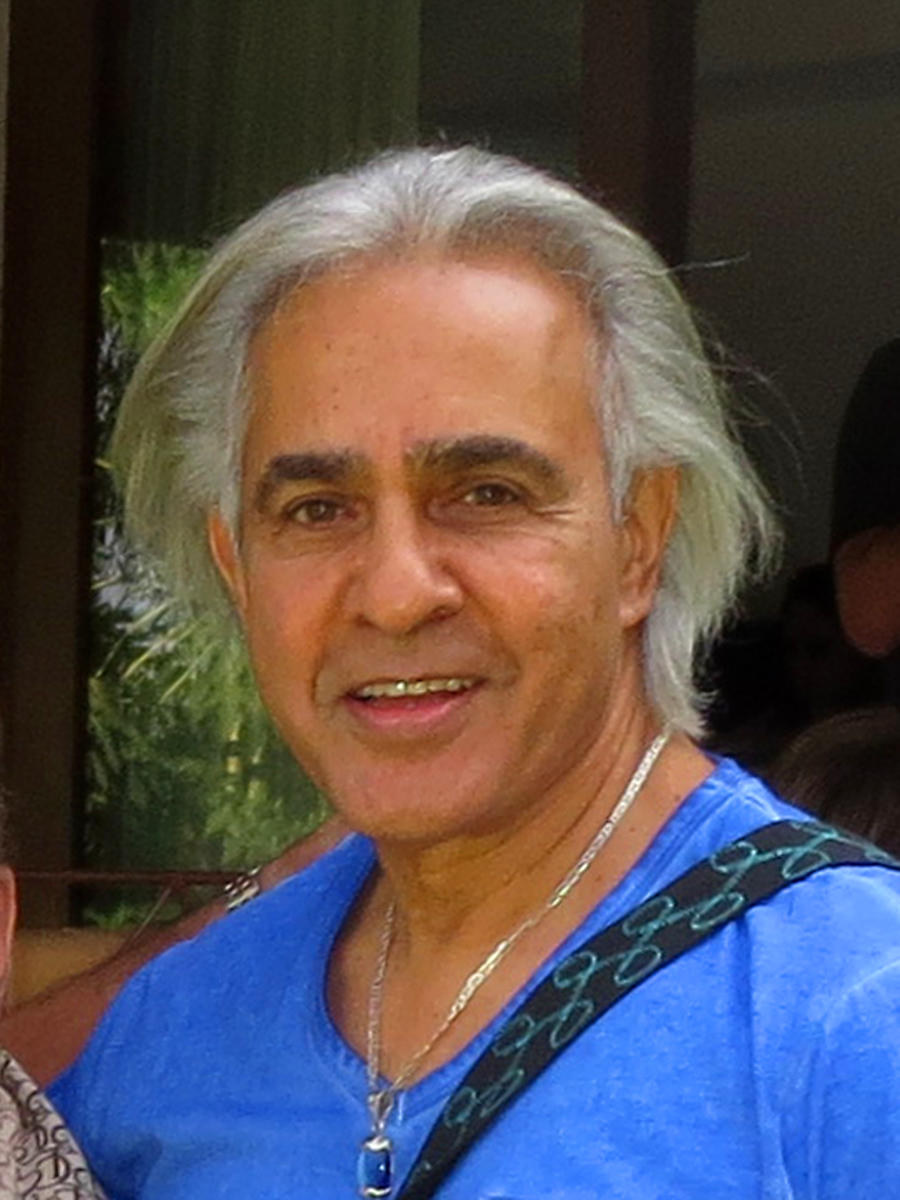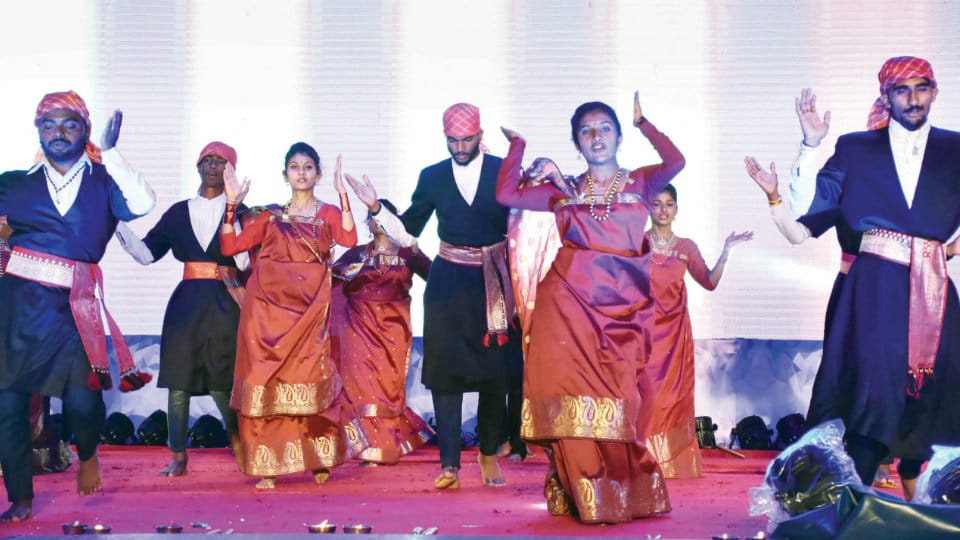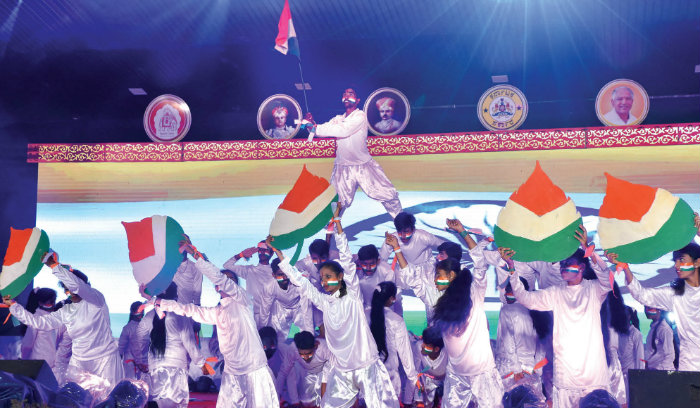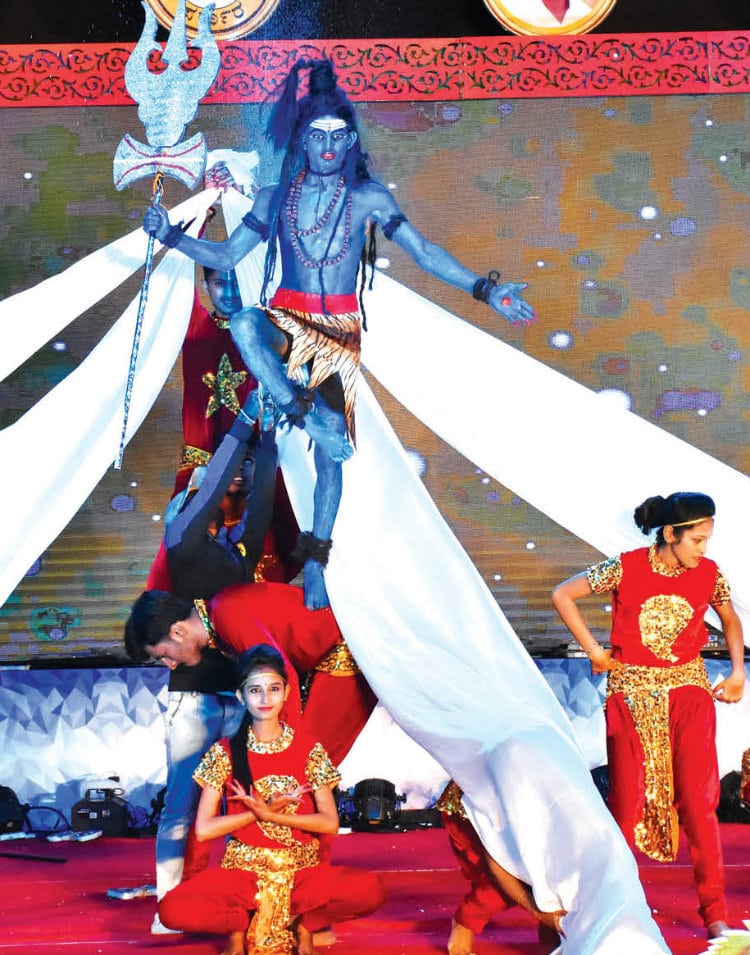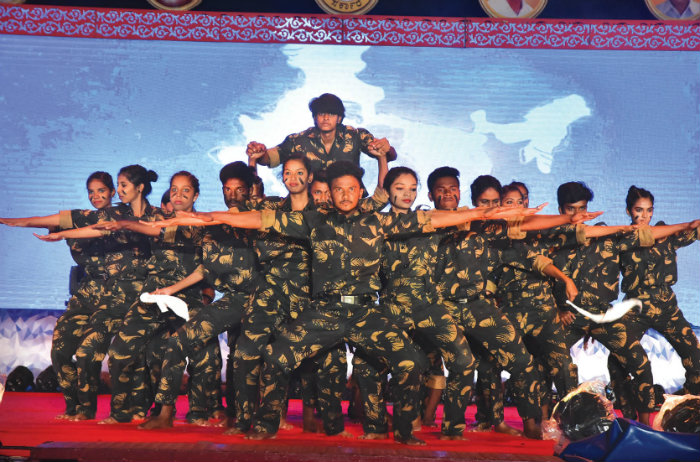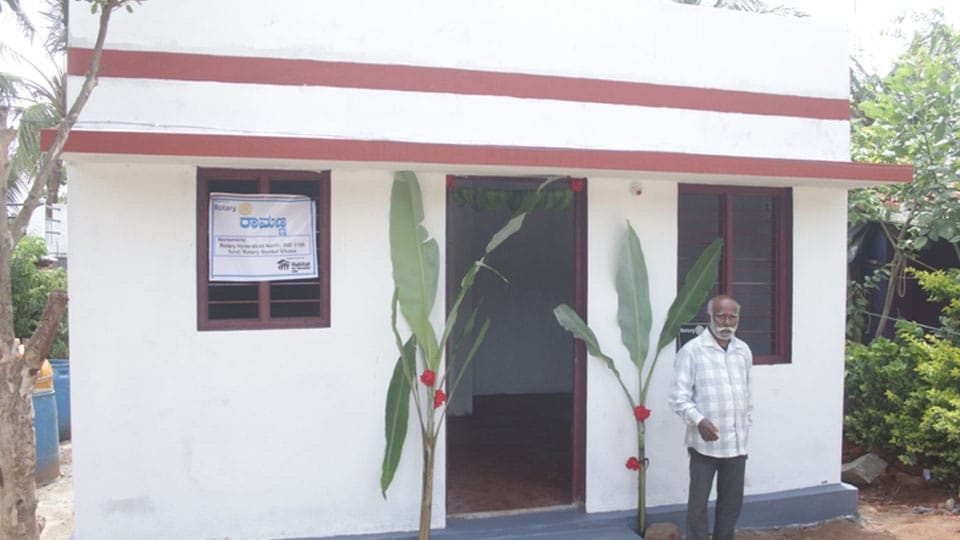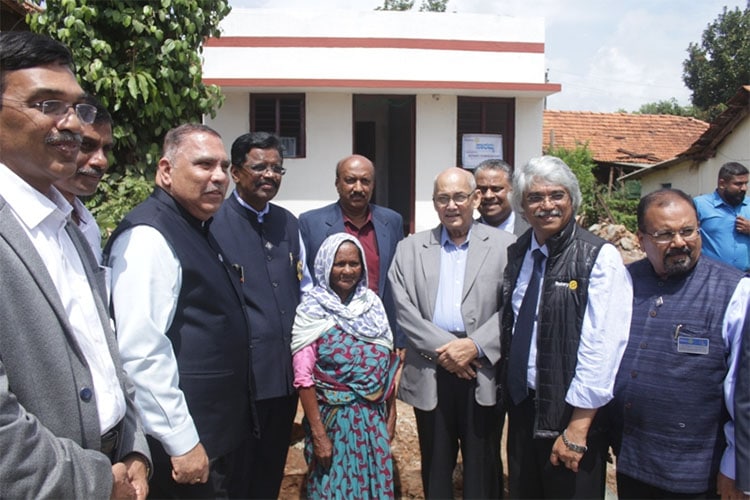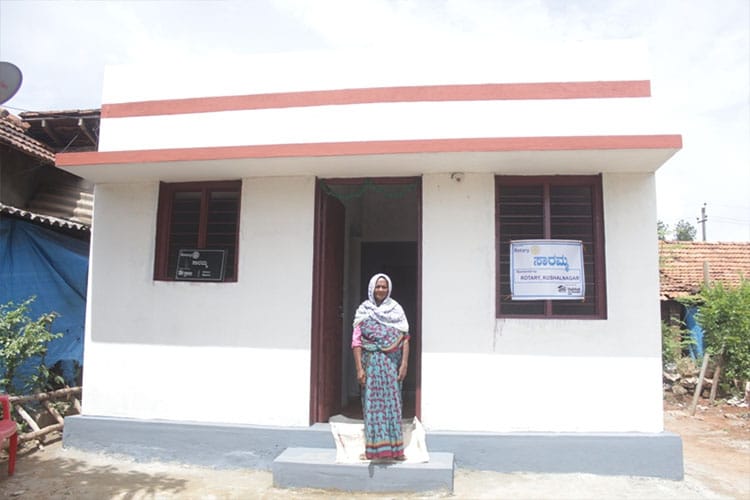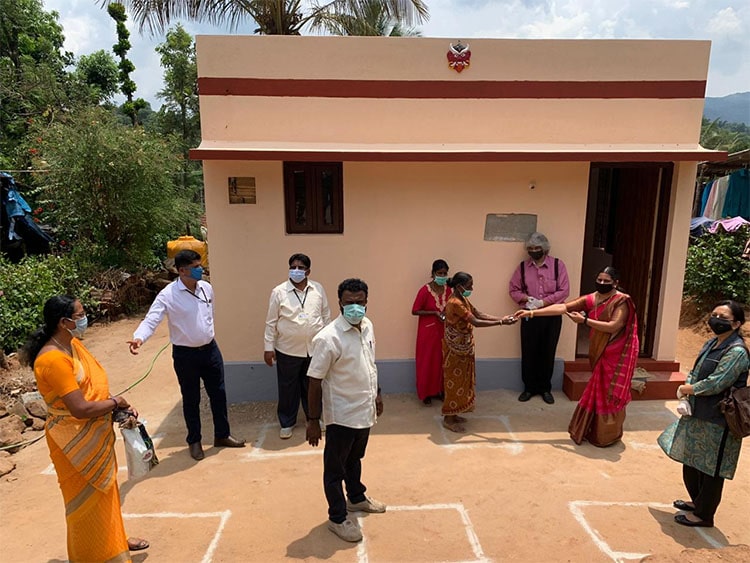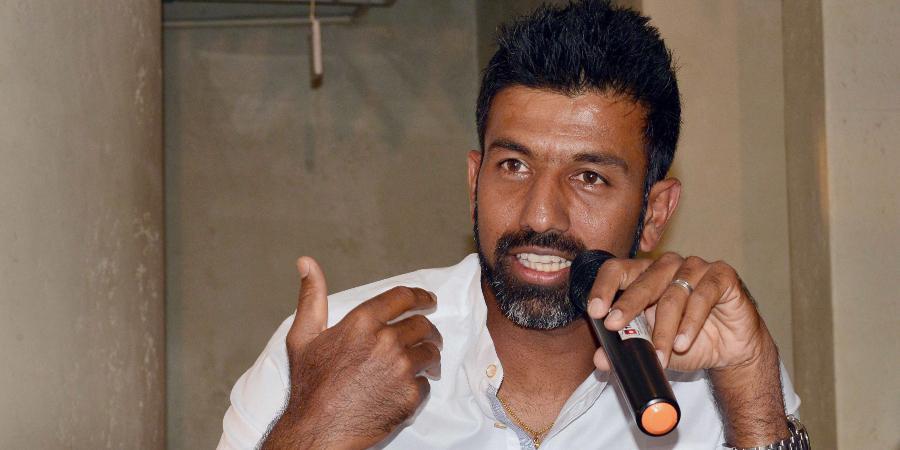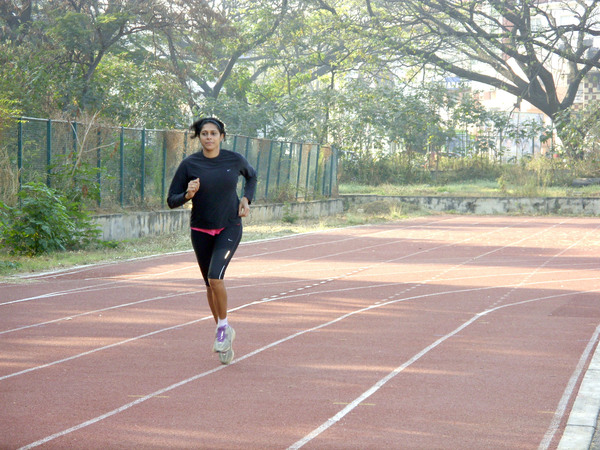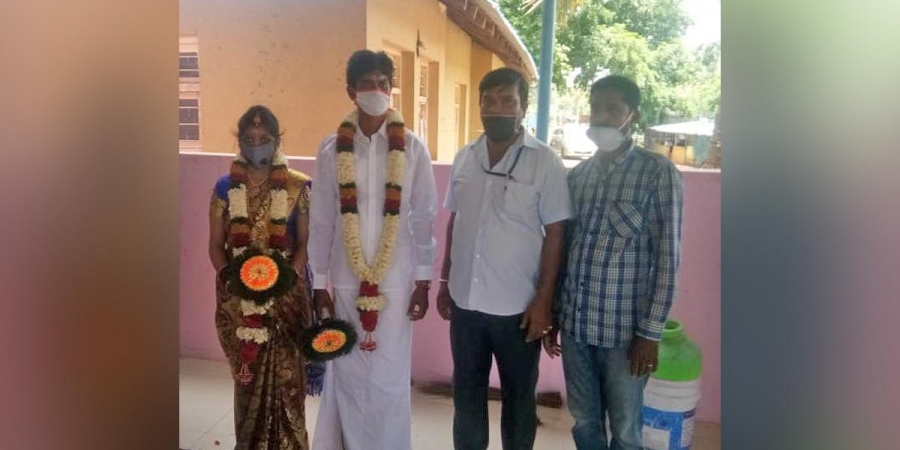I have a confession to make: secretly, I was kinda happy when India went into a total lockdown on March 25. Come on, I was feeling only what your average overworked, stressed out middle-class working woman felt. The disease was bad, but I was happy to take my staycation.
But I was not going to laze through 21 days. I had plans – house cleaning, writing, being the light of my family, getting lighter … all that good stuff.
Day 1: Woke up with a sense of awe. We were witnessing history! Realized that there was no newspaper. Worse, no housemaid. For 21 days. An icy hand clutches my internal organs. A week, I can get by, but three weeks?
Upside: Had a nice long nap in the afternoon. Felt really rested.
Day 2: My mother was absolutely right – housework never ends. No point in slaving, you have to do it all over again … in an hour’s time. New rule: no one allowed to walk on the floor or change clothes. And if anyone wants to eat the rice, sambhar, rasam, veg fry, and curds, they could use their fingers and palms only – no plates allowed.
Upside: Have started watching re-runs of re-runs old shows.
Day 3: A day of realizations.
My neighbor’s baby has colic. My neighbor has a baby. Really? Just exactly, who is this neighbor?
A family that stays at home eats too much. I have to cook often and in large quantities. Ergo, more dishes. Aaarrrrgggh!
Love my family. I just don’t want them around all the time.
Eating healthy when confined to the home – an oxymoron. Also, how long will my stash of snacks hold out
Upside: Discovering the joys of binge-watching.
Day 4: I hate housework. I-HATE-HOUSEWORK. Once this lockdown is over, I’ll burn the house down. Finding it hard to binge-watch Friends and Big Bang Theory while wondering – ‘Who the h**l is doing their dishes and cleaning their apartments when they are at that d***n coffee shop or the Cheesecake Factory?’ This thought sucks the fun out of watching the shows.
Upside: Begun reading a book … more than a page at a time!
Day 5: Going to commit murder. A man in the next building keeps singing off-key and loudly along with his stereo. Hoping his family will do him in themselves. If they can’t, I volunteer.
Hearing about immigrants in cities trying to go home. Terribly sad for them. Okay, I’ll admit – my suffering is small potatoes. By the way, do I have enough potatoes?
Upside: Gave myself the day off. Read a wonderful thriller.
Day 6: Dying of housework. Wiping all the torches, electric lamps and burned out bulbs, even gas stove – but no genie. I now know who I love the most – the maid. If anyone offers to bring my maid back in return for my family … well, I guess that’ll never happen (sob).
Sick of Friends. For just how long did this show run?
Upside: Today, a resident set things up so that we get veggies and milk packets every morning. Yay!
Day 7: Today, my husband went out, as a volunteer for shopping for our apartment complex. I suspect he was just itching to get out of the house. When my hunter-gatherer returned from the mythical land called Outside, I made him give a step-by-step account of the entire half-hour trip. It took 45 minutes. A highlight of today.
Huge Upside: Husband took over the dishwashing duties.
Day mmm-hmm: Missed a few days of journaling. Hell, missed a few days of life – got my dates wrong. I cheered when I found we had a couple fewer days to go of the lockdown. I have gone from being merely grouchy to being depressed as well.
Upside: ?????
Day something or the other: Today, my husband got another chance to escape … needed salt! Bit down hard on a pillow and stay that way to prevent myself from asking him to buy a ton of snacks.
Day sometime-during-week-two: Am all weirded out. Vocabulary stunted as we use only the words Corona Virus, Covid-19, lockdown, self-quarantine, shut up, and how the hell should I know. Still hate housework, but we now have a truce going. I’ll sweep, but the corners have to fend for themselves. If my boss can’t deal with it, she can do the work herself. Oh, wait, I’m the boss. Dang it.
Upside: All of us are healthy. We are all home, we are together. Watching TV footage of all the migrant laborers trying to get home – heartbreaking. Hunger and uncertainty in the camps – scary. And sick people in overflowing hospitals and the deaths … at least we aren’t going through that.
Day end-of-week two: Identified new syndrome – Lockdown-Induced Writer’s Block. Wonder if people will still be interested in the same things post-COVID. Still can’t get over the unreality of the situation. Is this lockdown a waste of time, or the best idea ever?
The mood around town is strange too. Most people are taking it as a time to relax. Some are going out anyway, once or twice a day. There is some seriousness but it’s not all gloom and doom.
Summer is in full swing. The heat is killing. It’s enforcing the lockdown better than the fear of Coronavirus.
Upside: Birds are singing like gangbusters. We’re seeing bulbuls and parrots far more than before.
Week 3 beginning day-(Name starts with M or something like that): Conflicting feelings:
Happy because I’ve Corona eyes – dark circles are completely gone.
Upset, because I’ve Corona hair – shaggy and roots are showing.
Day Wed/Thurs. Week 3: Yay, only one more week to freedom. I am feeling far more upbeat than before.
April 15: India’s lockdown extended until May 3.
Hell, I’m putting all activities on hold as I concentrate on saving my sanity.
Good luck to you too!
Lakshmi Palecanda moved from Montana, USA, to Mysore, India, and inhabits a strange land somewhere in between the two. Having discovered sixteen years ago that writing was a good excuse to get out of doing chores, she still uses it.
source: http://www.indiacurrents.com / India Currents / Home / by Lakshmi Palecanda / May 20th, 2020

